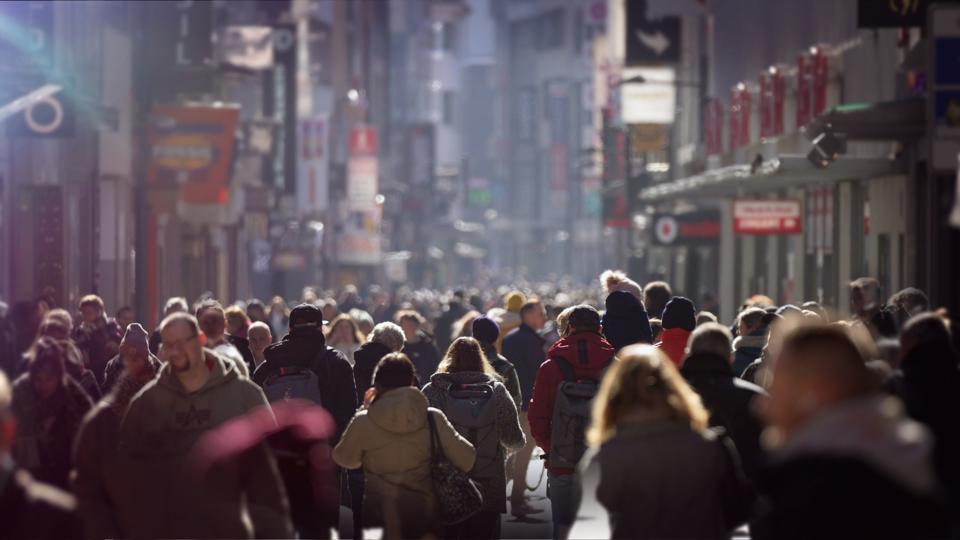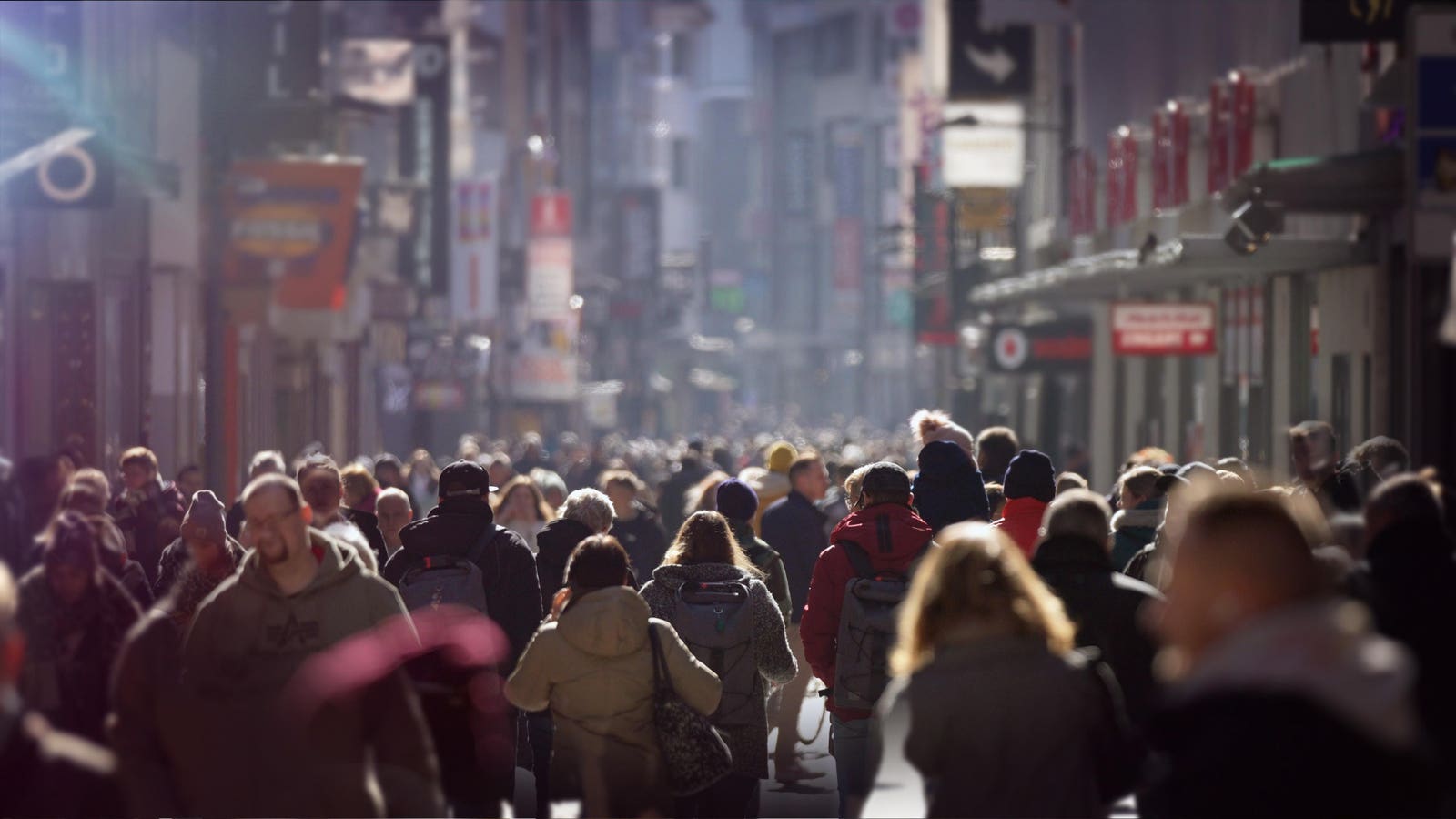
A crowd of people in Europe
getty
Roughly ten years after then-German Chancellor Angela Merkel’s famous ‘Wir Schaffen Das’ (’We can do it’) speech, effectively committing Germany to taking in over a million refugees in 2015, a new report shows how well managed that process was. The results are positive but mixed, with strong labor market integration for men, while women are still struggling to find work and many families still living in temporary housing after a decade.
The brief comes from the Migration Media Service, an information service run by the German Council for Migration research group. It breaks down refugee integration along a number of different metrics, including employment, social benefits, housing and education.
Perhaps the most notable theme in the report – and aside from security, one that German policymakers and the public have often focused the most on in recent years – is labor market integration. The news is broadly very good – with a huge increase in refugees in work compared to before 2015, and two-thirds of all the people who came in 2015 now having some kind of employment, the majority of those full-time. There is also a good spread of the kind of jobs refugees do, from ‘skilled’ and vocational professions to hospitality and tourism. In short, refugees appear to have been able to find jobs across the German economy, not limited to one small corner of it. It also appears that people who arrived in 2015 – the majority of whom being Syrians – tended to integrate more quickly into the labor market than previous generations of refugees.
There is a major caveat to this success, however. While refugee men have done very well in employment, the same can not be said for women. Around 86% of employable refugee men had a job in 2024, but for women that number drops to just 33%. Refugee women face a whole raft of barriers to employment, some of them common to women of all classes, such as being the primary carer for children. Refugee women also face greater barriers because of lower education levels attained, and also tend to learn German slower than men (no doubt in part due to their often having to stay at home more).
The report also looked into the experience of school-age refugees. It found that, while there were initial mis-steps in how German administrations handled bringing these students into the mainstream education system, considerable effort was put in over the years to adapt and improve the experience. Nonetheless, the report notes students, particular older ones, struggled to integrate into the school system, due to difficulties such as language barriers, the break in their schooling during their journey to Germany, and issues with accommodation.
This last point – accommodation – emerged as one of the main problems for refugees who came in 2015. The report shows many refugee families struggling to get out of temporary, sometimes shared, refugee housing. This was due to, among other issues, financial problems and discrimination in the housing market. To this day, ten years later, the report notes that many refugee families who arrived in 2015 are still living in refugee accommodation.
